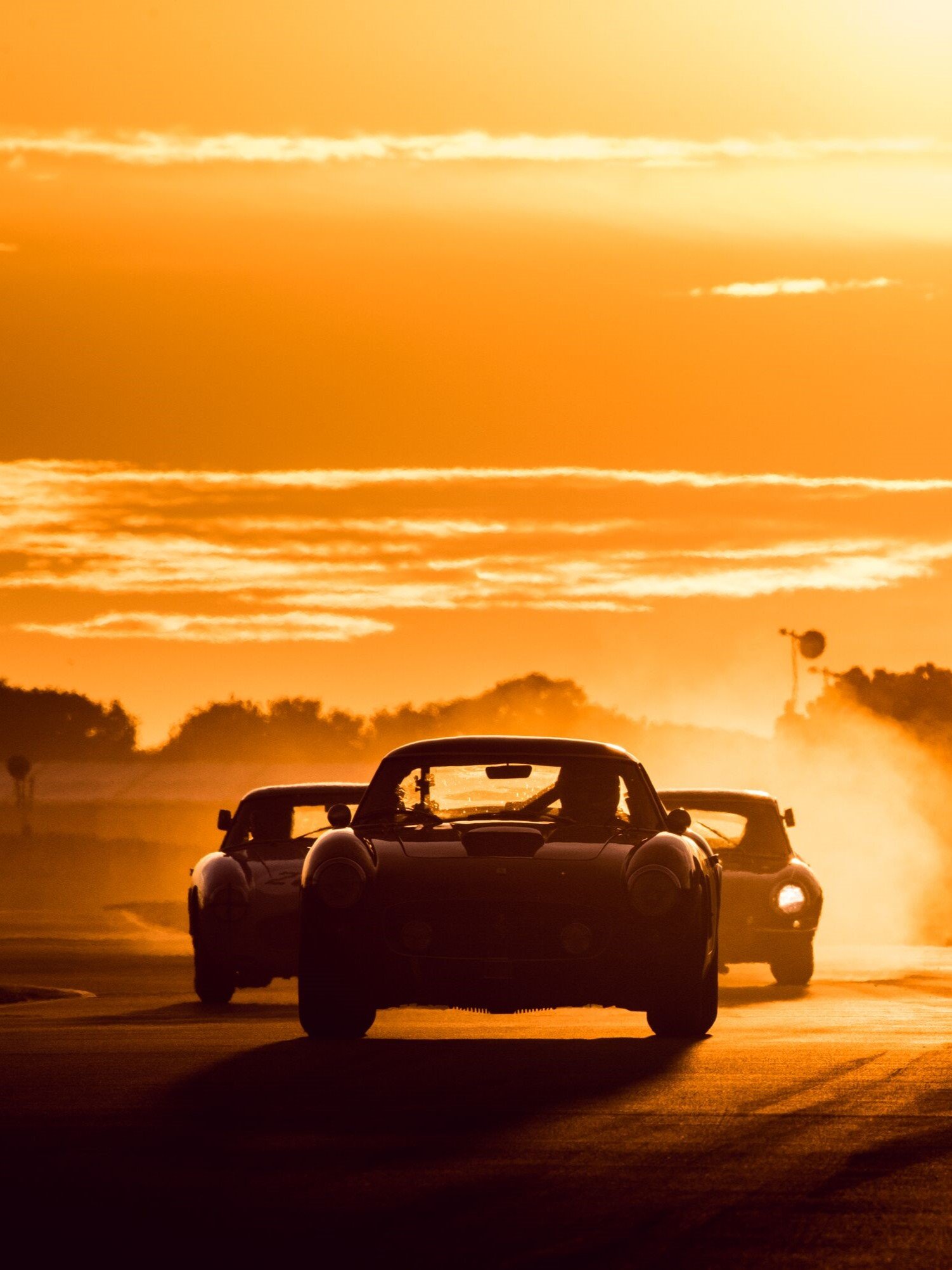The history of Ferrari's mighty V12
With a marque such as Ferrari, it’s difficult to nail down a defining feature. What legacy has it been known by throughout its seven decades, through thick and thin, wherever it may be operating? Be that in Grands Prix, at the enduros, or conversely, on the streets of Monaco or the sweeping lanes of the South of France: What goes hand in hand with “Ferrari”?
An argument can be made for the various resplendent shades of red that they’ve famously worn through the years. The hue is synonymous with the Scuderia, after all. No, for us, something that has endured in Ferrari, across every facet of its operation more than any other marque is the use of 12-cylinder engines. With such a wide variety of Ferrari machinery being in attendance at FOS for a celebration of its 70th anniversary, we thought we’d track the evolution of the 12-banger as it traverses the generations of Ferrari road and racing machinery. We begin where it all started for Ferrari…
Colombo V12 1947-1988
This might be the most famous, and is certainly the longest enduring iteration of the Ferrari 12-cylinder. The Colombo V12, penned by Gioacchino Colombo, first sat out front in the original Ferrari 125 S, displacing 1.5 litres and producing 116bhp at 6,800rpm. Derivatives of the 60° 24-valve alloy-block lump would be in production in road cars until 1988 in the 4.9-litre 412i. Not before motivating the legendary and iconic 250s, 275s, 330s and 365s of the ‘60s during Ferrari’s sportscar golden age as well as the stunning Daytona throughout the ‘70s.
A whole class on the Cartier Lawn at FOS was dedicated to perhaps the most iconic of the Colombo-powered cars: Maranello’s masterpiece – The Fabled Ferrari 250. If you were here you’ll have seen the incredible 330 P4 and 365 GTB/LM on the Hill too.
Lampredi 60° 1950-1964
Far less widespread, the Lampredi V12 was an attempt to usurp early Colombo racing units. Higher displacement yielded impressive power, with the final 335bhp 5.0-litre iteration of the engine powering the unique 1964 500 Superfast.
At FOS the Lampredi flag was flown by the unique 375 ‘Grant Piston Ring Special’ Indy 500 car.
Forghieri flat-12 1964-1980
The next most significant Ferrari 12-cylinder engine, both in terms of competition and Ferrari road cars, is normally refferred to as a flat-12. However, this Folghieri unit, which found fame in the fantastic 312 Formula 1 and sportcar machinery of the 1970s remains a V despite it's 180° vee-angle due to the positioning of its crankpins. It first appeared in the 1964 512 F1 cars in 1.5-litre guise. By the dawn of the ‘70s, it had expanded to 3.0-litre and 5.0-litre application – the latter motivating the awesome 512 Group 5 cars and the former powering 312 sportscar and F1 machinery, including Niki Lauda’s mid-‘70s cars with which he battled James Hunt. The 512 Ms and 312 PBs are also arguably Ferrari’s most iconic and successful sports-prototypes ever. The 1512 as well as the stunning Sunoco Ferrari 512 M and 312 B3, T and T5s were out in force at FOS.
Giuliano de Angelis/Angel Bellei flat-12 1971-1996
While we’ve already covered its usage in successful Ferrari competition cars, another version of the flat-12 found fame aboard some of the most notable Ferrari road cars of all time. Everything from the 1971 365 GT4 BB, through 512BB and BBi, to the iconic Testarossa 512 TR and 512 M models that lived all the way out to 1996. Notice all the earlier cars wear the “BB” nametag with pride. This stood for Berlinetta Boxer, denoting the flat layout of their engines and is one of the most revered and enduring bloodlines of Ferrari road cars. One of our favourite Ferrari competition sportscars, the 512 BBLM, was here for FOS representing the breed in its finest form.
The return of the V12 to Ferrari in F1 1989-1995
One of the final pieces in the puzzle of what cemented the “Ferrari V12” in the psyche of the 21st-century car enthusiast is the renaissance. From 1989 to 1995 V12s would return to Ferrari Formula 1 cars, uttering the kind of guttural howl that would have spectators weak at the knees. The cars were as beautiful as the engine sounded, too, with those glorious wide tracks, spindly suspension linkages and elegantly simple aero addenda.
Though competitive throughout the period of its return, by 1992, the winds of change and the howl of a certain Renault V10 were blowing through the sport and the sonorous but outdated V12 was facing antiquity. The 412 T2 of 1995 would be the last V12 to win a race in Formula 1, at the hands of Jean Alesi at the Canadian GP. Though phased out of top-flight racing, this era of Ferrari grand prix cars had done the deed of imprinting the Ferrari V12 in the minds of a new generation of enthusiasts, as an object of sheer desire and the gold standard in internal combustion and would inform the mighty succession of road-faring Ferrari 12-bangers for years to follow. A 1990 641, and two 412s from 1994 and 1995 were here for FOS representing the last of the beautiful F1 cars and the last of the V12s.
Tipo 65° 1992-present
To date, the formula has remained more or less unchanged. On and off track, ranging from just under 4.0-litres in the iron-blocked 333 SP sports prototype, to today’s gargantuan savage 789bhp alloy-blocked 6.5-litre 812 Superfast, it’s been 65° of Tipo V12 all the way. Debuting in the gorgeous 1992 Ferrari 456 sporting 436bhp, the Tipo V12 has endured and according to Ferrari will endure for the foreseeable.
Say what you will about modern cars, the Tipo V12 in its current F140 form, as debuted in 2002’s 642bhp Enzo hypercar, is one of the most iconic internal combustion engines of all time and has cemented Ferrari’s reputation as the ultimate 12-cylinder proprietor. The Tipo was represented at FOS in various states of development and tune, from the aforementioned sonorous 333 SP sportscar, to the jewel in Ferrari's current production crown – the delicious LaFerrari Aperta, as ran up the Hill alongside the car that started it all, the 125 S.
The celebration of Ferrari at FOS was affirmatively also, a celebration of the Ferrari 12-cylinder. The two are inseparable, from the most elegant and understated of continent-conquering grand tourers to the most ferocious and uncompromising of competition machinery. As we mentioned at the beginning, along with being defined by those typical red hues, the quintessential concerto of 12 cylinders on song often denotes a serious bit of Maranello machinery is on its approach. Long may that continue.
Photography by Tom Shaxson.
Ferrari
FOS
FOS 2017
312
512
laferrari
BBLM
F1
2017

























































































